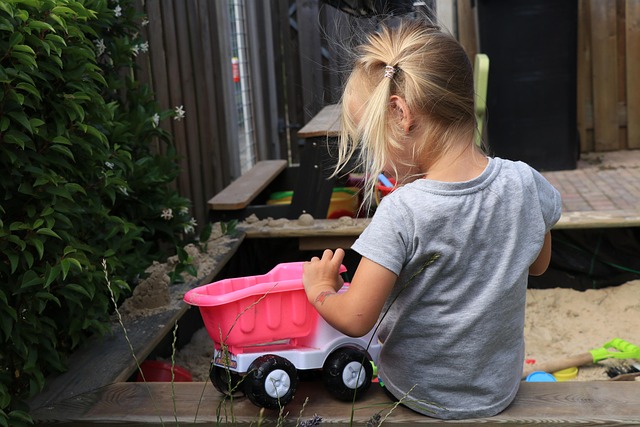In the ever-evolving landscape of gaming, the term Sandbox is emerging as a powerhouse, transforming how players engage with their favorite games and revolutionizing the eSports scene. The sandbox genre, characterized by open-world environments that allow players to explore, create, and manipulate their surroundings, provides a unique blend of freedom and creativity. This genre has captivated millions, making it a fertile ground for competition and innovation within the eSports arena.
As traditional gaming experiences often funnel players into linear paths, sandbox games break down those barriers, inviting gamers to carve their own journeys. Whether it’s building intricate structures, defeating powerful bosses, or crafting brilliant strategies in chaotic environments, players are empowered to design their own narratives. This level of personal investment turns gaming into a deeper emotional experience, promising a rich foundation for eSports growth.
The rise of popular sandbox games, such as Minecraft, Roblox, and Fortnite, exemplifies this shift. Each game not only offers a vast playground but also opens avenues for competitive play. In Fortnite, players engage in thrilling battles with mechanics that continuously evolve, while Roblox empowers budding developers to create unique games within its platform. These titles demonstrate that the essence of competition can thrive outside of traditional skill-based shooters or sports games, venturing into realms previously uncharted in eSports.
As eSports embraces the sandbox era, we witness an explosion of creativity as players develop innovative strategies. In these games, the emphasis on teamwork, collaboration, and experimentation fuels community-driven tournaments, where players showcase their skills in entirely unique formats that differ vastly from conventional eSports competitions. This participatory culture not only fosters a sense of belonging but also nurtures the next generation of gaming talent.
The influence of sandbox gaming extends beyond gameplay. It cultivates a sense of community, as players collaborate on projects, share experiences, and cheer for each other’s accomplishments. While competitive events draw crowds, it’s the passionate communities that liven the atmosphere, making the entire eSports experience more engaging and relatable. Such communal bonds are what players cherish most, often outweighing the thrill of victory.
Moreover, the introduction of user-generated content within the sandbox framework allows aspiring developers to showcase their skills, blurring the lines between player and creator. This democratization of content creation not only enhances the gaming experience but also paves the way for new eSports careers, as talented individuals can rise through the ranks by making a name for themselves in the sandbox universe.
As we venture deeper into this new era, it’s clear that sandbox gaming is not just a trend—it’s a paradigm shift. The immense potential for creativity, combined with the limitless possibilities for competition, cements the genre’s role in shaping the future of eSports. With every new game, players are not merely participating; they are pioneering a movement that will define the next generation of competitive gaming.



